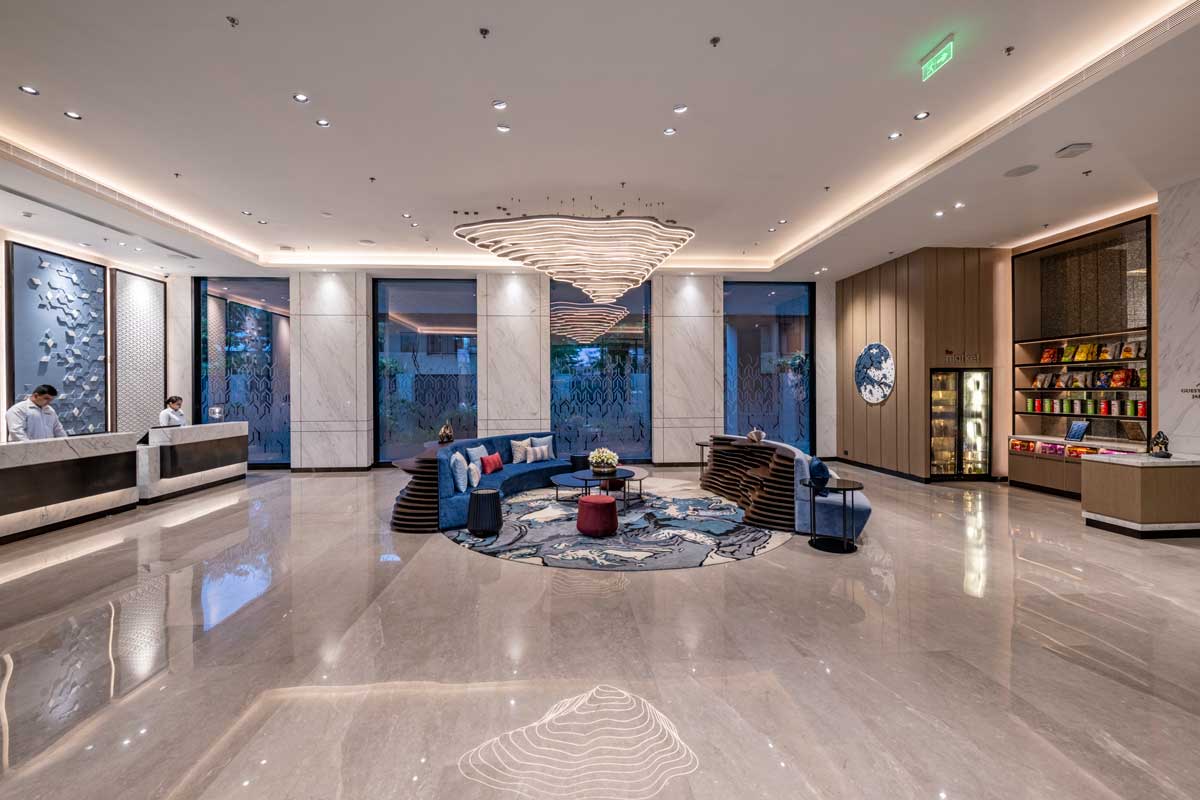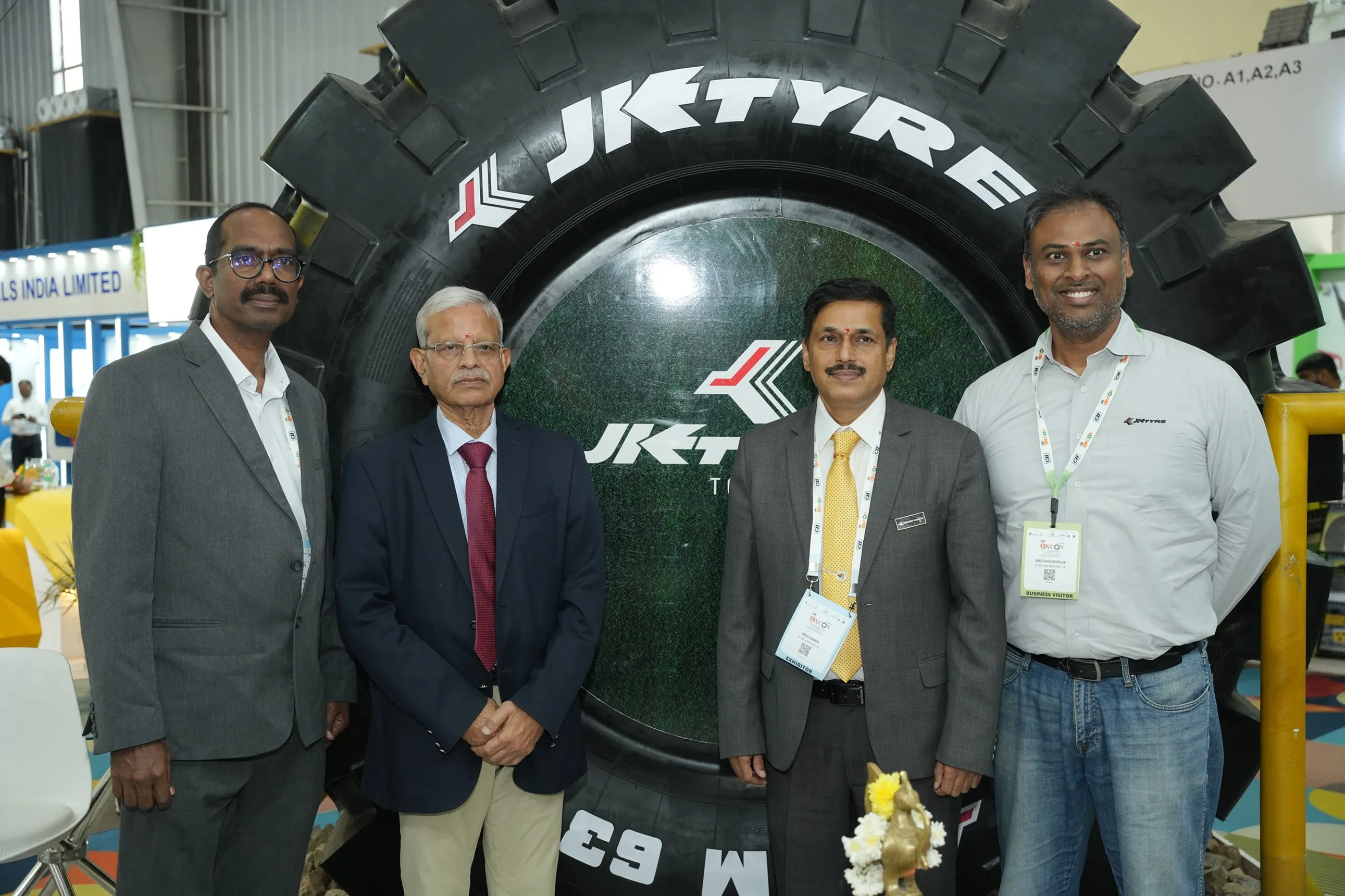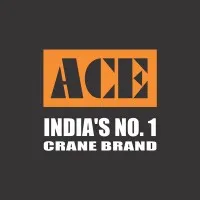Flooring options are a crucial component of interior design that have a big influence on how a room looks and feels. The perfect flooring can raise a property's value while also enhancing its appearance and functionality. There are several flooring options to choose from as a result of technological and innovative breakthroughs that have completely changed the sector. The correct flooring can make all the difference in creating a beautiful, practical and comfortable environment, whether you are remodelling a house, constructing a new space or searching for a commercial flooring solution.
According to a report by Markets and Markets, the Indian flooring market is expected to reach $ 7.2 billion by 2024, growing at a CAGR of 7.2 per cent from 2019 to 2024. The residential sector is the largest end-user of flooring solutions in India, accounting for over 60 per cent of the market share. However, the commercial and industrial sectors are also growing rapidly.
Evolution of flooring
The evolution of flooring begins with stones and bricks and extends to modern-day solutions like vinyl. laminate and engineered timber.
“The earliest known documentation of flooring solutionsis very diversely spread around the globe; for instance, the stone and brick flooring solutions from the Harappa and Egyptian civilisations,” says Suraj Mittal, Founder and Principal Architect, Future Concepts. “Over time, with the development of the building and design industry and the evolution of people’s requirements, tastes, innovation and value addition, flooring solutions have undergone significant and apparent evolution. The advancement in technology now enables us to have a variety of flooring options like ceramics, wood, marble, carpets, vinyl, laminate and much more.”
“Over the centuries, flooring solutions have evolved significantly as technology and innovation enabled the development of new materials and installation methods,” says Seema Pandey, Co-Founder, Arquite. “In the past, natural elements like wood, stone and clay were frequently used. Eventually, grand estates with a variety of designs and layouts began to use wooden flooring more frequently. After the industrial revolution, mass-produced carpet, cork and linoleum became available. Vinyl, laminate and engineered timber became typical building materials in the 20thcentury as technology advanced. In recent years, sustainable and eco-friendly materials have become more of an emphasis for flooring solutions. As technology advances, we can expect even more exciting developments in the flooring business in the future.”
Choosing right
“There are three main aspects to consider when choosing the right flooring solution for a property,” says Aditya Mirchandani, Director, Palm Sky Housing.“The first is the look and feel, which includes the colour, finish and shine. It is important to choose neutral colours to appeal to general tastes, especially in affordable or middle-income housing. The second aspect is durability, which includes scratch resistance and shine. The third aspect is the size of the tile, which affects the cost of the flooring solution. For luxury housing, larger tile sizes, such as 6×4 inch or 8×8 inch, are common, while smaller sizes such as 2×4 inch or 3×3 inch are usedfor affordable housing.”
The size of the tiles used for flooringmakes all the difference,” affirms Ashok Chajjer, CMD, Arihant Superstructures. “For the very premium projects, nothing beats Italian marble. Italian marble is prized for its unique veining patterns and range of colours, which include white, black, grey, green and pink. Due to its beauty and durability, Italian marble is often used in high-end residential and commercial projects.”
However, apart from market trends it is essential to consider the needs of the end-user too. “The choice of flooring material,” points out Hartmut Wurster, Principal Architect, Blocher Partners India, “should be based on the specific requirements of the space and its occupants, as well as the client's aesthetic preferences,” stressing on the fact that “durability, ease of maintenance, slip resistance and environmental impact are the important factors to be considered.”
Gaurav Pathak, Principal Architect and Founder, Design 21,believes the flooring should be suitable for the purpose of the space and its traffic levels, with aesthetics also playing an important role. Maintenance needs, durability, sustainability and environmental impact are also important considerations. Further, the flooring should also be within the project budget.
Popular solutions
Wurster points out that homes are a reflection of the occupant’s lifestyle and a sanctuary. Hence, to create a welcoming and cosy atmosphere, the go-to materials are marble, laminate and vitrified tiles; solid wood can also be used. “These options not only add beauty but also have a long lifespan. Natural stones like Kotaand granite are widely used due to their durability and low maintenance factor. Concrete and cement flooring are also used in transition spaces that evoke an earthy feel that aids in retaining the inherent connection between nature and humans.”
“Marble is a soft material and each piece differs in appearance, resulting in variability,” explains Mirchandani. “It also gives a seamless joint and an impressive shine. The downside is that it stains easily if you spill Indian food and drinks like Coke or Pepsi and leave it for a while. Hence, marble is a better option for lobbies and vitrified tiles in flats. Paver tiles are best used for parking and driveways while flamed granite is a better option for walking tracks and swimming pool decks.”
Speaking on other key materials in use,Pathak says, “Hardwood flooring is a timeless and versatile choice for a variety of spaces. However, it can be relatively expensive and requires regular maintenance. Carpet is an inexpensive and comfortable option, especially for commercial spaces. However, keeping it clean could be challenging and it may need replacement more often. Vinyl flooring is also a popular choice for commercial and retail spaces due to its affordability, versatility and ease of maintenance. However, it may not be as longlasting as other options.”
Chajjeris quick to add that granite has an edge over other materials when it comes to areas like airports and malls that witness large footfalls whereas carpet works well for office spaces. “Wooden flooringlooks enticing in boutique spaces,” he says. “However, as far as residences are concerned, tiles and Italian marble will always remain in vogue.”
Installation methods
Proper installation of flooring is crucial for various reasons. First, it raises a space's curb appeal and increases a property's worth. By preventing the flooring from breaking down or wearing out too soon, it also ensures durability. It promotes safety by minimising the risk of tripping or slipping. By having the proper insulation or underlayment, it increases energy-efficiency. Last but not least, it keeps the product guarantee intact as many flooring manufacturers demand that their goods only be installed by qualified experts. It is advised to use licensed specialists to install your flooring to guarantee proper installation.
“With the number of flooring materials on the rise, there is no argument about the variety of installation methods,” says Mittal. “Some of the most common techniques include nail-down flooring (with subfloor), lay-down (floating) flooring, glue-down flooring, parquetry, etc. As the names suggest, lay-down flooring and gluing techniques employ nails and glue, respectively, to secure the material over a subfloor. Nail-down flooring requires the installers to nail the floors so precisely that the nails remain hidden but aptly secure the flooring to the base (or subfloor).”
Impact on design
“When you enter a house,” says Mirchandani, “the first things that catch your eye are usually the flooring and the walls. These elements are especially important in areas like bathrooms and kitchens, where tiles and marbles are not only used for flooring but also for cladding walls. These materials are widely used to add colour and texture to a space. Therefore, it is crucial to choose the right flooring and wall solutions to get the desired look and feel of a space.”
Flooring solutions play a significant role in contributing to the overall design and style of a space. They can complement or contrast with the other design elements in the room and set the tone for the overall aesthetic, according to Pathak. “Patterned tiles and bold colours are used to add a playful and distinctive touch to a space. Mixed flooring, using different materials to define different zones in an open-plan space, is another trend that has gained popularity recently. Textured flooring, such as distressed or hand-scraped hardwood, is also ontrend, adding character and depth to a space.”
For his part, Wurster says “Currently, popular trends in flooring design include using sustainable and eco-friendly materials, mixing and matching different flooring types and patterns, and using large-format tiles and planks. It is imperative that a designer can incorporate local materials in floorings such as terrazzo and Kota that are traditionally rooted and pave the way for a more sustainable approach. Intricate patterns and designs are being inscribed all over floors, giving a designer-driven approach to the space. From printed tiles to tiles with varying finishes, each has a unique feature that serves a specific purpose. The use of flooring solutions to enhance the aesthetics of a space is a growing trend in the design industry.”
“At Arihant, we are bringing in the concept of pink and blue flooring with a satin finish,” says Chajjer. “Such bold colours add an immense amount of liveliness to the entire space in question. If you look at most of the restaurants today, they have a rustic and earthy style and a good deal of Moroccan patterns have been put to good use.”
Eco-friendly solutions
Today, more and more end-users are keen to adopt a sensibility that gels well with Mother Nature; in flooring, too, people are keen to use eco-friendly flooring solutions.
Mirchandani laments that while there are some solutions available, they are not yet at a mass manufacturing level. “I have come across a few players in Hyderabad and Bengaluru who are working on carbon capturing and sustainable flooring but they are still operating at a very small scale,” he shares. “While these solutions are suitable for interior designers who are working on smaller projects like second homes or sustainable first homes, they are not currently equipped to deliver larger projects of 30,000 to 40,000 sq ft or more at scale and speed. While I have not found a more sustainable solution yet, I believe this is where the future lies.” Listing the eco-friendly materials that are available and can be used,Wurster advises the use of bamboo, cement tiles, terracotta tiles and medium-density fibreboard(MDF) for sustainable flooring.
“Another option is cork flooring, which is made from the bark of trees and is also a renewable resource,” adds Pathak. “Cork is also a natural insulator, making it a good choice for areas where temperature control is important. Reclaimed wood flooring is also an eco-friendly option as it repurposes wood from old buildings or structures that would otherwise become waste material. There are natural stone options, such as slate, which is a durable and long-lasting material that can be harvested sustainably.”
Solutions for wet areas
For wet areas, safety is a key element when it comes to choosing a flooring solution.
“The choice of flooring solutions for wet areas necessitates the primacy of safety and practicality,” saysKhozemaChitalwala, Principal Architect and Designer, Designers Group.“The optimal alternatives for such spaces entail waterproof and slip-resistant materials such as ceramic or porcelain tiles, vinyl, rubber and epoxy flooring. These substrates offer unparalleled resilience, negligible upkeep and facile maintenance, all the while assuaging potential hazards emerging from moisture or liquid spills. Ultimately, the judicious selection of flooring material will not only augment the visual allure of the premises but also guarantee a secure and comfortable experience for all inhabitants.”
Safety is also a key factor to consider in homes that accommodate kids and senior citizens. In Pathak’s and Wurtser’sview, multiple material properties should be consideredfor a house with either old or young occupants. Their suggestion greatly overlaps with Chitalwala’sobservation: “Carpet and vinyl flooring are popular options due to their slip-resistant properties and ease of cleaning, while cork flooring offers a softer surface that is gentle on joints and can help reduce the risk of injury from falls. Additionally, hardwood flooring can be a good choice when paired with strategically placed area rugs with slip-resistant backings. Rubber flooring and low-pile carpet or carpet tiles with non-slip backings are also safe options that offer good grip and a soft surface underfoot. It's essential to prioritise the specific needs of occupants and choose a flooring solution that prioritises their safety and comfort.”
Solutions for high-traffic areas
“The selection of flooring solutions for high-traffic areas necessitates a comprehensive consideration of several factors,” says Chitalwala. “Paramount among these is the durability and strength of the flooring material to withstand frequent use and heavy foot traffic. In addition, the substrate should be facile to maintain and clean to retain its optimal condition. Ensuring slip resistance is another crucial aspect of preventing accidents and promoting safety. Moreover, noise attenuation and underfoot comfort should also be weighed. Finally, the flooring should align with the overall aesthetic of the premises and budget constraints. By consciously taking these factors into account, one can successfully identify the most appropriate flooring solution for a high-traffic area, be it a commercial lobby or a busy household.”
Influence of technology and innovation
Technology and innovation developments have had a big impact on the flooring sector. The creation of new flooring materials has increased durability, aesthetic appeal and environment-friendliness. Examples include luxury vinyl tiles, engineered wood and bamboo flooring. A further benefit of technology is the integration of smart elements into flooring, such as sensors, heating systems and soundproofing, which improves control and customisation of the flooring environment. By enabling clients to envision and choose flooring options before installation, digital tools like virtual reality and 3D modelling have transformed the industry while lowering errors and raising customer satisfaction.
The procedure of installation has also become simpler and more effective thanks to new installation techniques like floating floors. To construct floating floors, individual planks or tiles are interlocked and placed over a thin layer of foam underlayment rather than being bonded or nailed to the subfloor. This lessens the possibility of damage and warping by allowing the flooring to ‘float’ above the subfloor and expand and contract with changes in temperature and humidity. Many materials, including engineered hardwood, laminate, luxury vinyl and bamboo, can be used to create floating floors. This technique of installation is appropriate for both residential and commercial areas and is frequently quicker, simpler and more inexpensive than conventional flooring installation methods.
Likewise, installation techniques have been enhanced with laser-guided tools and computerised measuring systems, allowing for faster and more accurate installation. Ultimately, these advancements have led to more sustainable, durable and visually appealing flooring options for architects to choose from. From the manufacturing angle, too, changes have been witnessed. “Manufacturing flooring solutions like tiles have witnessed a big change in the past two decades,” says Chajjer. “The factories are fully robotic, enabling mass production of 1 lakh sq ft feet plus a day.”
In conclusion, flooring options are essential to raising a space's appeal, usefulness and value. Customers have a wide choice of options on the market, including conventional, modern and eco-friendly options. The market in India is expanding significantly as a result of urbanisation, infrastructure improvement and rising customer demand for high-quality, environment-friendly flooring options. As the needs of customer change, the sector is likewise embracing cutting-edge technology and materials and proving to be a lucrative business opportunity.





















